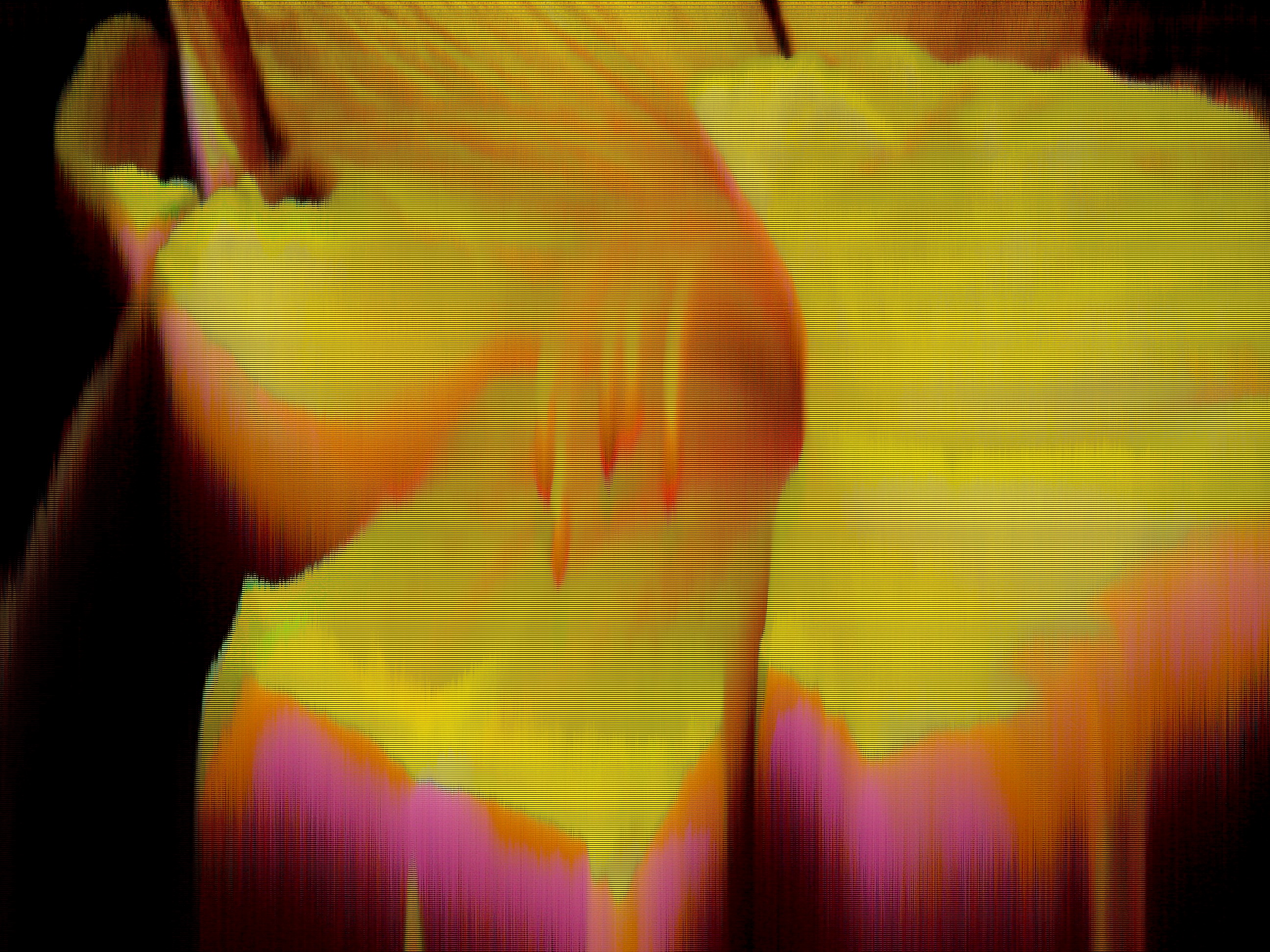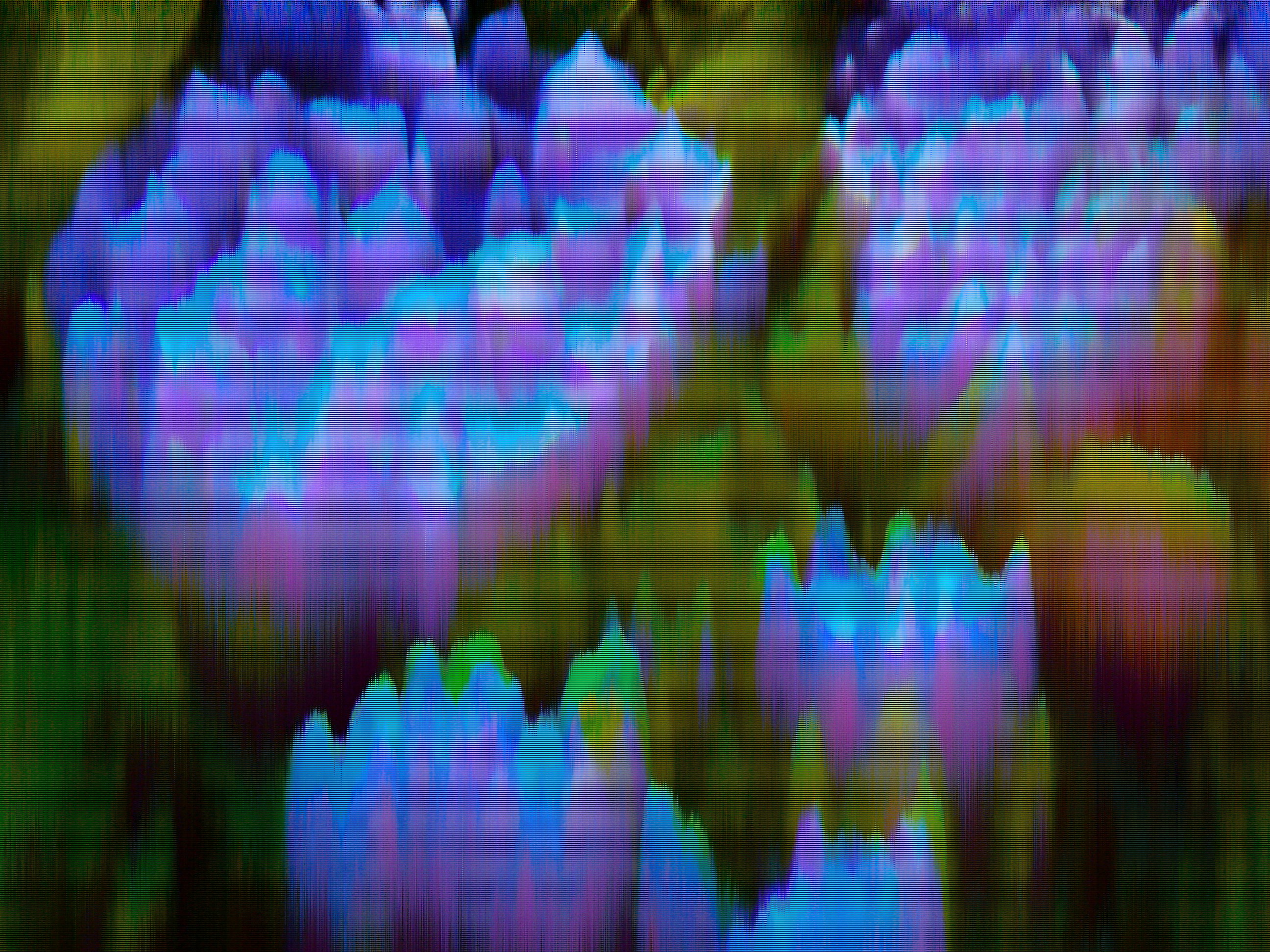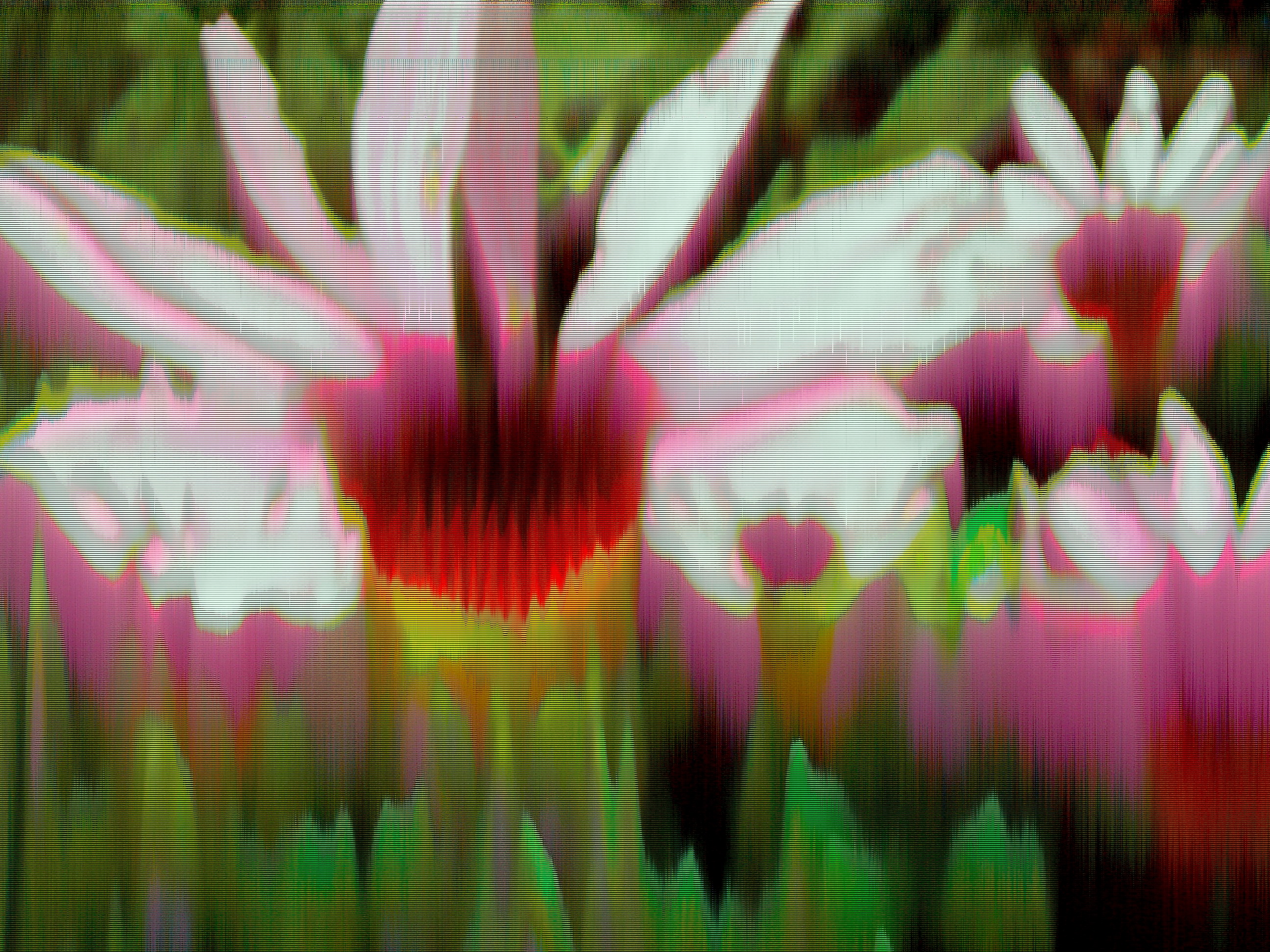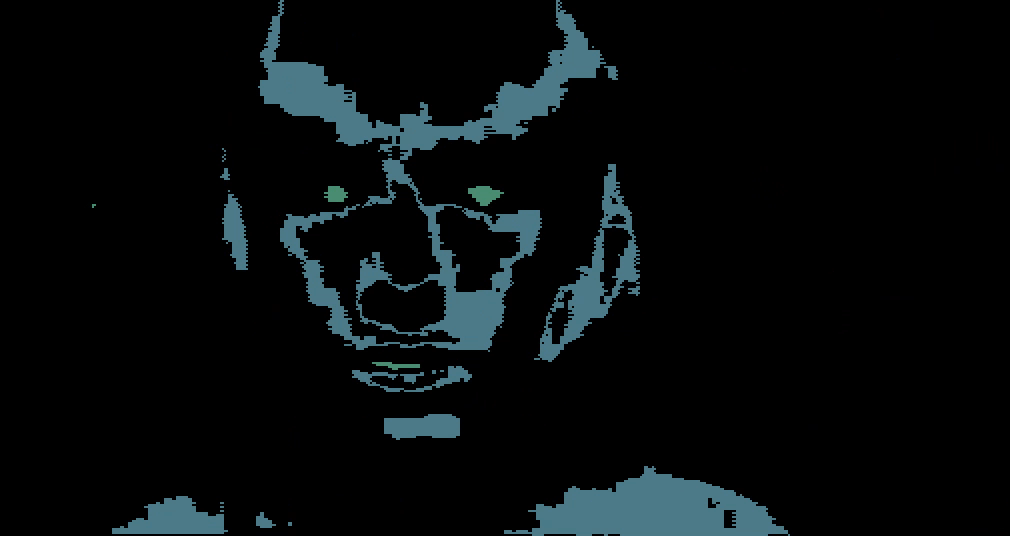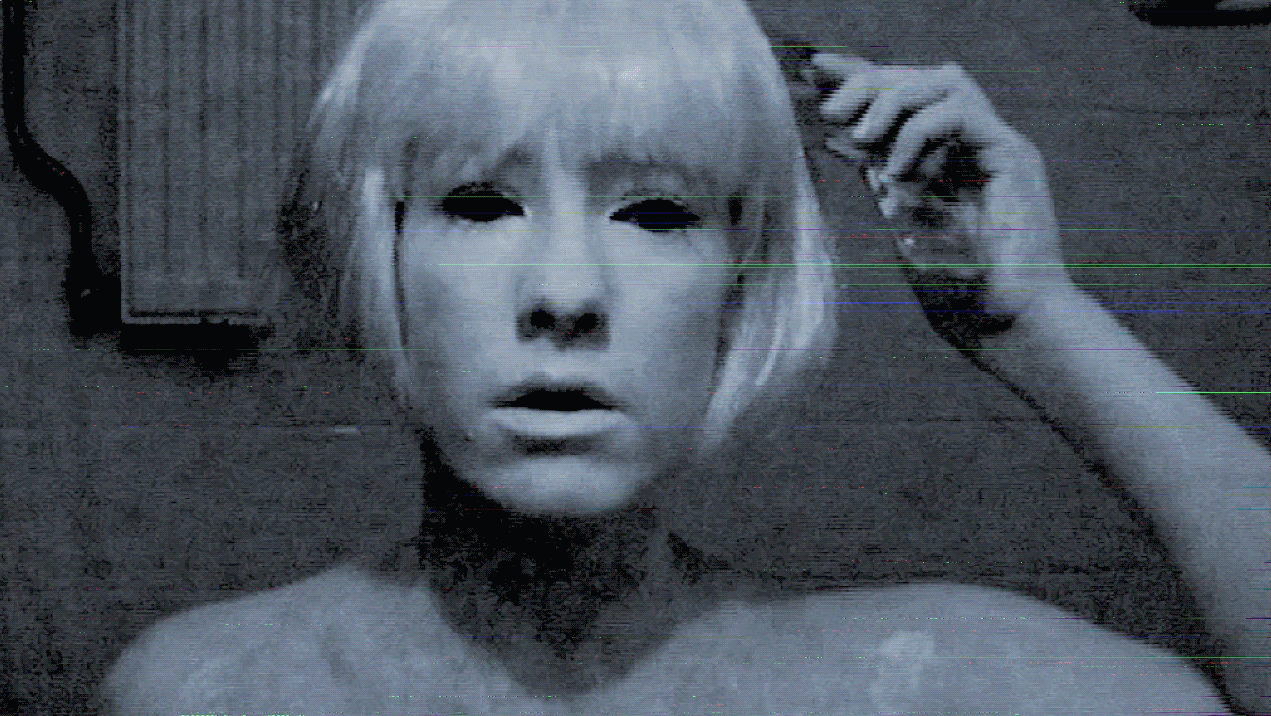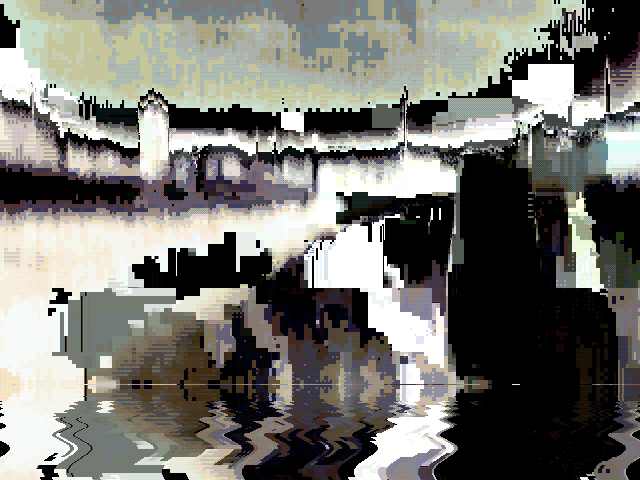
29-10'10 -> !! – Solo exhibition Galeria NT, Łódź, PL_______________
5->
gli.tc/h conference/festival in Chicago, US (under constrxxion)
(w/ Jon Cates, Jon Satrom, Nick Briz, Evan Meaney, Jake Elliott__________
3-10-'10 - Small(ish) closing event gli.tc/h
3-10-'10 - Workshops / Discussions / Realtime Event + Screening (TBA)
2-10-'10 - Workshops / Discussions / Realtime Event + Screening (TBA)
30-9-'10 - Conversations At the Edge - GeneSiskel Film Center (TBA)
29-9-'10 - Some sort of opening event to kick off the activities (TBA)
^^ Lectures at SAIC (TBA) _______
25-09-'10 – Visuals @ Pulsewave, The Tank, New York, US.
17->
11-09-'10 – Visuals (w/NoteNdo) @ 8Static, Studio34, 4522 Baltimore Ave., Philadelphia, US.
13->
23-07->28-08-'10 – Screening of Demolish the eerie ▼oid @ Refresh, Axiom Center for New and Experimental Media in Jamaica Plain, Massachusetts, US._________
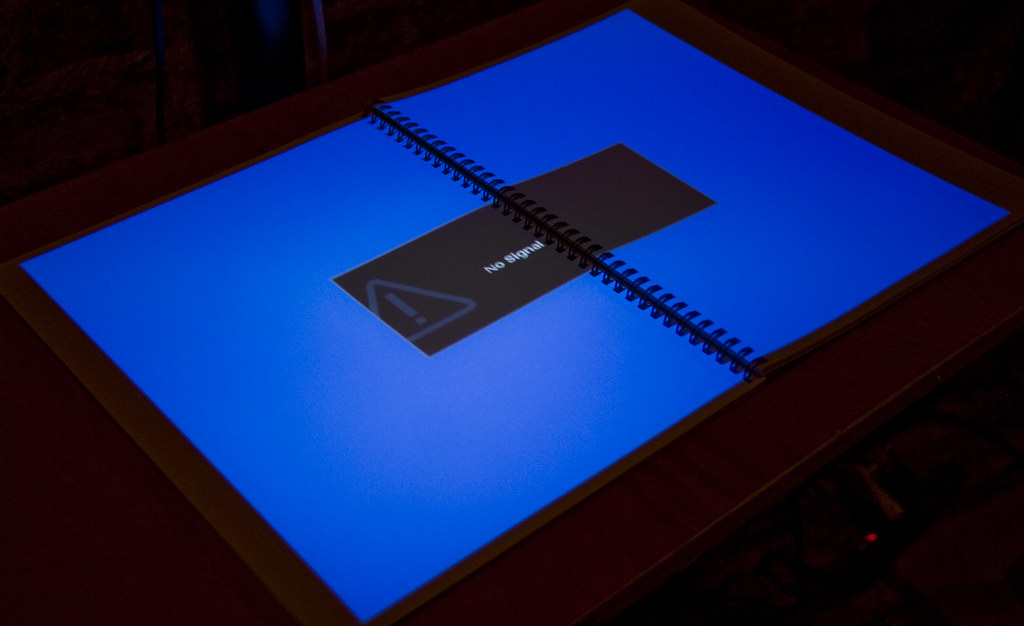 is an international gathering of noise & new media practitioners in Chicago from September 29 thru October 03, 2010!
is an international gathering of noise & new media practitioners in Chicago from September 29 thru October 03, 2010!
GLI.TC/H is a physical and virtual assembly of artists, hackers, moshers, dirty mediators, noise makers, circuit benders, p/h/i/l/o/s/o/p/h/e/r/s, and those who find wonder in that which others call broken.
GLI.TC/H seeks: Realtime + time-based performances (audio/video), utilizing broken/bent technologies/strategies. Workshops, sharing knowledge of hardware/software hacking, cracking, breaking, kludging, piracy, & tool building. Artworks and Projects, artware, videos, games, films, tapes, code, interventions, screen-captures, systems, websites & installations. Texts, lectures, essays, code, articles, & hypermedia.
: : : : : : : : : : : : : : : : : : : : : : : : : : : : :
DEADLINE: 2010.08.20
: : : : : : : : : : : : : : : : : : : : : : : : : : : : :
send an email to glitch@gli.tc
link to your work, abstract, or other documentation
please include a short explanation and your bio
let us know your geolocation and if you want to physically (or electronically) attend the conference. If applicable, send spatial, technical or temporal requirements for the project.
: : : : : : : : : : : : : : : : : : : : : : : : : : : : :
NOTIFICATIONS WILL BE SENT BY 2010.09.10
: : : : : : : : : : : : : : : : : : : : : : : : : : : : :
PDF Download GLI.TC/H
submissions: glitch@gli.tc
queries: i@gli.tc
home: http://gli.tc/h
: : : : : : : : : : : : : : : : : : : : : : : : : : : : :
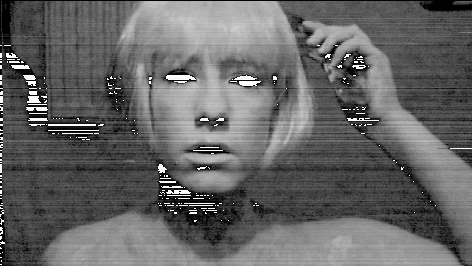 Andrew Rosinski interviewed me for the Dinca website and I wanted to post the first question here, which was my favorite question of the whole interview. It is a prelude to the "A Vernacular of File Formats", which is a workshop I will give in September in New York during IN/OUT festival and of which I will post as a pdf here in the coming days.
Its very much under construction!
1) Please tell us about the glitch genre. What is glitch video and why should someone watch a glitched video?
Glitches are the uncanny, brutal structures that come to the surface during a break of the flow within a technology; they are the primal data-screams of the machine. In the digital these utterances often take form following a “Vernacular of File Formats” (the encoded organizations of data). A file format signifies what protocols (formal descriptions and semantic rules) are used to structure or encode the information. Many different file formats exist, for different forms of information and every one of these formats possesses its own encoding structures, which can be understood as a grammar or idiom. When this idiom is broken, for instance by a glitch or a wrong encoding, these basic or primal structures of encoding come to the surface.
This is why visually, glitches show themselves through organizational structures like rasters, grids, blocks, points, interlacing vectors and frames and therefore often look repetitive, discolored, fragmented, flickering and complex.
Glitch art is a practice that studies and exploits the Vernacular of File Formats to deconstruct and create new, brutalist (audio)visual works. However, glitch artists often go beyond this formal, aesthetic based approach; glitch artists realize that the glitch does not exists without human perception and therefore have a more inclusive approach to digital material.
Digital artists use the material -a broken flow within a digital system- of glitches formally (as a design), or metaphorical-critically (as a concept). They either show the medium in a critical state or criticizing the medium and its inherent norms.
The materiality (a broken flow within a digital system) of glitch art is constantly mutating; it exists as an unstable assemblage that relies on the one hand the construction, operation and content of the digital apparatus (the medium) and on the other hand the work, the writer/artist, and the interpretation by the reader and/or user (the meaning). Thus, the materiality of the glitch art is not (just) the digital material that follows the Vernacular of File Formats, nor the machine it appears upon, but a constantly changing construct that depends on the interactions between text, social, aesthetical, political and economic dynamics and the point of view from which the different actors make meaning.
I think it is an interesting choice to use the words “glitch genre” – more and more people are indeed referring to glitch art as a genre. But I also think it is kind of a problematic choice of words. In the coming month there will be a conference about “noise art”. Jon Cates (a teacher at SAIC [The School of the Art Institute of Chicago], Chicago and opinionated contender within the glitch scene) asked me what I thought about this just last weekend, and now when you ask me this similar question I could give you almost the same answer. This kind of genre-fication (Gentrification!) is in my opinion a contradiction in terminus: noise and glitches are (often) about breaking or pushing boundaries and relaying the membranes of what is socially accepted as category or a genre. Noise and glitch “categories” are thus in a constant state of flux and pinpointing them down as a genre feels like an act that defies the glitches inherent nature.
However, as more and more people are starting to use the term “glitch genre”, I think it has become apparent that there is something as a glitch genre. This is why I think it is important to think about what constitutes a genre, and how a genre should be studied and that this kind of research needs to be included in Glitch Studies.
Also, in the case of a “glitch genre”, I think there is a need to research the process of stylization of glitch – the point where the formal creation of glitches are not unknown, new utterances but are becoming stabilized, new commodities or even filters. This kind of study of course involves more then just a Vernacular of File Formats or a research into technology but also includes culture, individuals, politics and the history of the technology.
I still wonder if there is really anything consistent within the glitch art “genre”. If so, then I think it is the critical use of error, perceived or non perceived, real or designed. And I think when I watch a glitched video, or any other glitch work, this is what I find most interesting to look for: what critical elements play a role in the work – does the work criticize something, or does it show the technology in a critical state?
Andrew Rosinski interviewed me for the Dinca website and I wanted to post the first question here, which was my favorite question of the whole interview. It is a prelude to the "A Vernacular of File Formats", which is a workshop I will give in September in New York during IN/OUT festival and of which I will post as a pdf here in the coming days.
Its very much under construction!
1) Please tell us about the glitch genre. What is glitch video and why should someone watch a glitched video?
Glitches are the uncanny, brutal structures that come to the surface during a break of the flow within a technology; they are the primal data-screams of the machine. In the digital these utterances often take form following a “Vernacular of File Formats” (the encoded organizations of data). A file format signifies what protocols (formal descriptions and semantic rules) are used to structure or encode the information. Many different file formats exist, for different forms of information and every one of these formats possesses its own encoding structures, which can be understood as a grammar or idiom. When this idiom is broken, for instance by a glitch or a wrong encoding, these basic or primal structures of encoding come to the surface.
This is why visually, glitches show themselves through organizational structures like rasters, grids, blocks, points, interlacing vectors and frames and therefore often look repetitive, discolored, fragmented, flickering and complex.
Glitch art is a practice that studies and exploits the Vernacular of File Formats to deconstruct and create new, brutalist (audio)visual works. However, glitch artists often go beyond this formal, aesthetic based approach; glitch artists realize that the glitch does not exists without human perception and therefore have a more inclusive approach to digital material.
Digital artists use the material -a broken flow within a digital system- of glitches formally (as a design), or metaphorical-critically (as a concept). They either show the medium in a critical state or criticizing the medium and its inherent norms.
The materiality (a broken flow within a digital system) of glitch art is constantly mutating; it exists as an unstable assemblage that relies on the one hand the construction, operation and content of the digital apparatus (the medium) and on the other hand the work, the writer/artist, and the interpretation by the reader and/or user (the meaning). Thus, the materiality of the glitch art is not (just) the digital material that follows the Vernacular of File Formats, nor the machine it appears upon, but a constantly changing construct that depends on the interactions between text, social, aesthetical, political and economic dynamics and the point of view from which the different actors make meaning.
I think it is an interesting choice to use the words “glitch genre” – more and more people are indeed referring to glitch art as a genre. But I also think it is kind of a problematic choice of words. In the coming month there will be a conference about “noise art”. Jon Cates (a teacher at SAIC [The School of the Art Institute of Chicago], Chicago and opinionated contender within the glitch scene) asked me what I thought about this just last weekend, and now when you ask me this similar question I could give you almost the same answer. This kind of genre-fication (Gentrification!) is in my opinion a contradiction in terminus: noise and glitches are (often) about breaking or pushing boundaries and relaying the membranes of what is socially accepted as category or a genre. Noise and glitch “categories” are thus in a constant state of flux and pinpointing them down as a genre feels like an act that defies the glitches inherent nature.
However, as more and more people are starting to use the term “glitch genre”, I think it has become apparent that there is something as a glitch genre. This is why I think it is important to think about what constitutes a genre, and how a genre should be studied and that this kind of research needs to be included in Glitch Studies.
Also, in the case of a “glitch genre”, I think there is a need to research the process of stylization of glitch – the point where the formal creation of glitches are not unknown, new utterances but are becoming stabilized, new commodities or even filters. This kind of study of course involves more then just a Vernacular of File Formats or a research into technology but also includes culture, individuals, politics and the history of the technology.
I still wonder if there is really anything consistent within the glitch art “genre”. If so, then I think it is the critical use of error, perceived or non perceived, real or designed. And I think when I watch a glitched video, or any other glitch work, this is what I find most interesting to look for: what critical elements play a role in the work – does the work criticize something, or does it show the technology in a critical state?
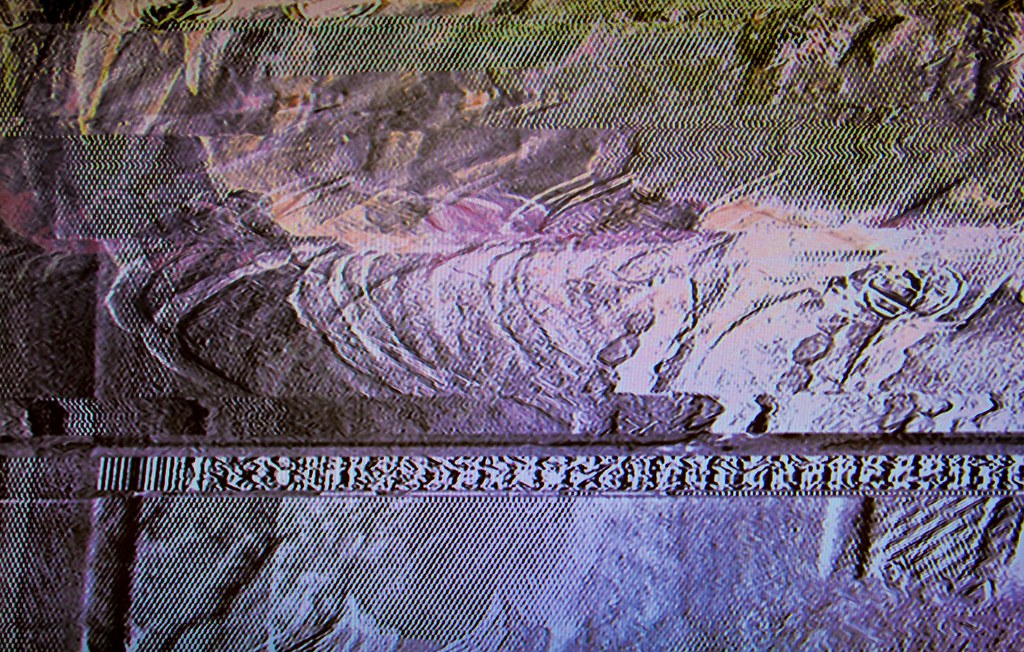
I am very happy to come back and see you US people again. Come and meet me when I meet you!
5->10-10-'10 – Performance / Residency with Gijs Gieskes et al. @ Aix en Provence, Exact Time+Place TBA., France.
27->3-09-'10 – Performance / Lecture etc. @ SAIC, School of the Art Institute of Chicago, US. Exact Time+Place TBA.
17->18-09-'10 – Workshop @ IN/OUT Festival, The Tank, New York, US.
11-09-'10 – Performance @ 8Static, Studio34, 4522 Baltimore Ave., Philadelphia, US.
23-07->28-08-'10 – Screening of Demolish the eerie ▼oid @ Axiom Center for New and Experimental Media in Jamaica Plain, Massachusetts, US.
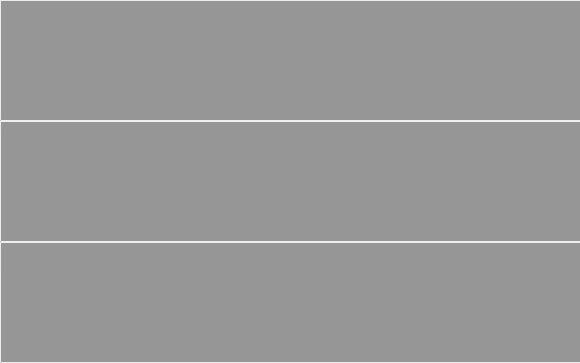
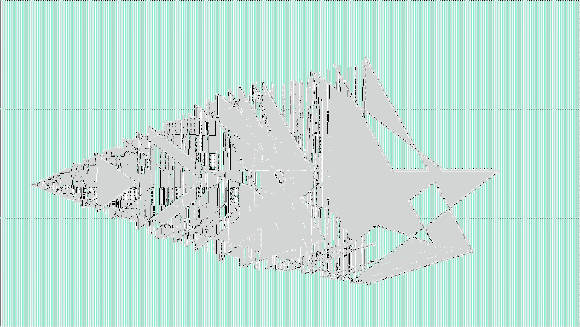
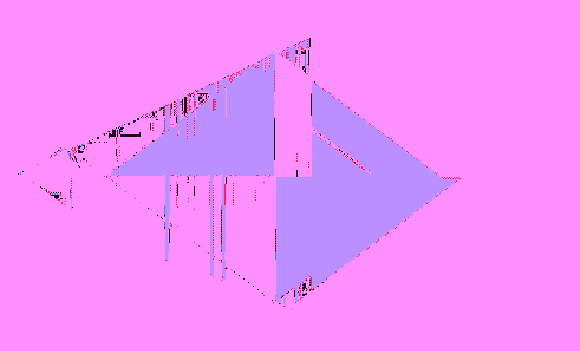 a thee party of weird sea creatures in the future.
a thee party of weird sea creatures in the future. 


